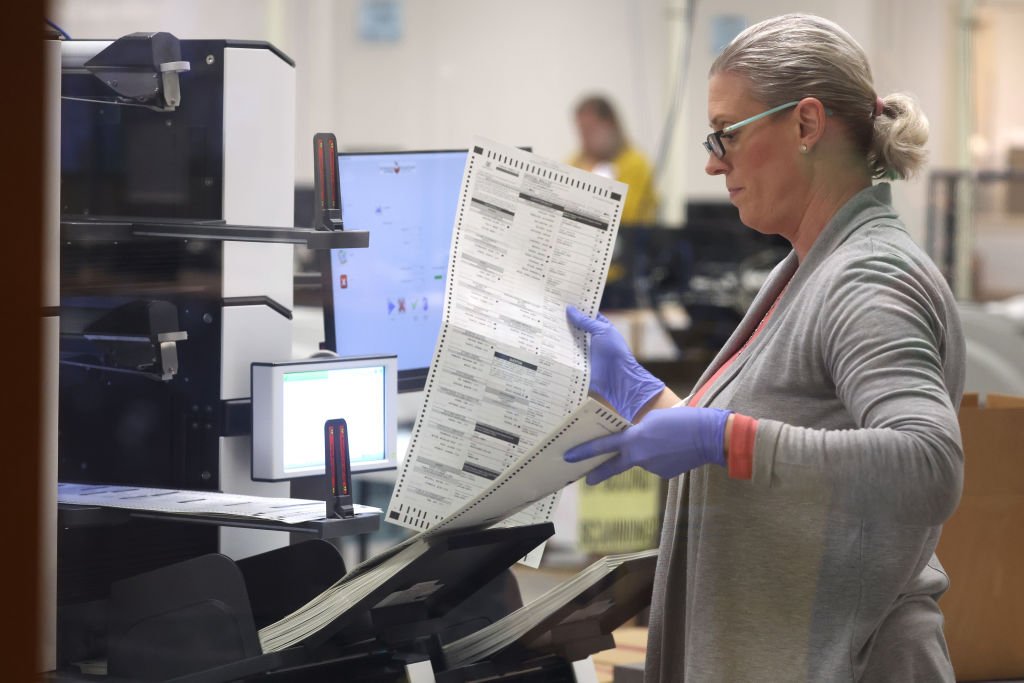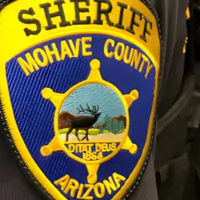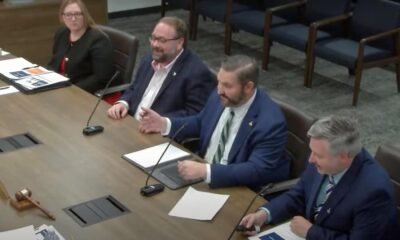2024 election
Maricopa County Poised for ‘Super Bowl of Elections’ with 2-Page Ballot الف ё

Maricopa County voters will face a significant change in the upcoming election, marking the first use of a two-page ballot in almost two decades. Election officials assert they are fully prepared for the complexities this format entails.
Scott Jarrett, Director of Elections in Maricopa County, emphasized the extensive preparations during a press briefing, describing the upcoming election as “the Super Bowl of elections.” The county will feature over 13,500 unique ballots, with an average of 79 contests per ballot, including the presidential election and various local positions.
The last instance of a two-page ballot occurred in 2006 when voters navigated through 19 ballot measures. This year’s lengthened ballot stems largely from an increase in propositions—many stemming from Republican lawmakers aiming to circumvent potential vetoes from Governor Katie Hobbs. However, Jarrett pointed out that a rise in third-party candidates also contributes to the extensive information voters must review.
Officials confirm that 11 of the ballot propositions come from Republican legislators, marking the highest number referred since 1984. Remarkably, nine of Arizona’s 15 counties will also implement two-page ballots, indicating a broader trend across the state.
Variations in ballot length will be evident based on precincts, with specific issues determining how many contests voters encounter. West Phoenix’s Lonesome precinct will host the longest ballot, while Desert Oasis in northwest Maricopa County will offer a shorter version.
To address potential challenges related to the new format, Maricopa County conducted a mock election to test voting equipment and processes. This simulated experience revealed key bottlenecks at voting booths and with tabulation, necessitating adjustments to ensure efficient ballot handling during the actual election.
In response, officials plan to increase accessible tabulators at high-traffic voting sites. Voters may experience longer wait times, particularly with the more extensive ballots, but lines are generally considered manageable, according to Jarrett.
Last year’s midterm elections saw significant delays in some locations due to ballot printer issues, but these have been resolved. The county has since replaced defective printers and is confident in its upgraded tabulation systems. Voting processes aim to minimize potential complications, including ensuring voters are correctly informed about the nuances of handling two-page ballots.
Jarrett emphasized the importance of voter education, particularly regarding the submission of both ballot pages for early voting. A single page sent without its counterpart means incomplete voting, a scenario the county seeks to prevent through informative campaigns.
Maricopa County has expanded its workforce and is implementing night shifts to meet tight deadlines for results. With new tabulation equipment and additional adjudication stations in place, officials are preparing for a thorough and timely vote counting process.
As election day draws closer, Voters are encouraged to take initiatives—checking registration statuses and familiarizing themselves with ballot contents via the county’s website. Early ballots will be dispatched to voters starting October 9.
Jarrett reassured stakeholders that the county is adequately staffed and equipped to manage the election’s complexities. With a record number of voting centers and robust voter preparation, Maricopa County aims for a smooth electoral experience.
***UPDATE: The number of unique ballots in Maricopa County has been confirmed at 13,572.


















